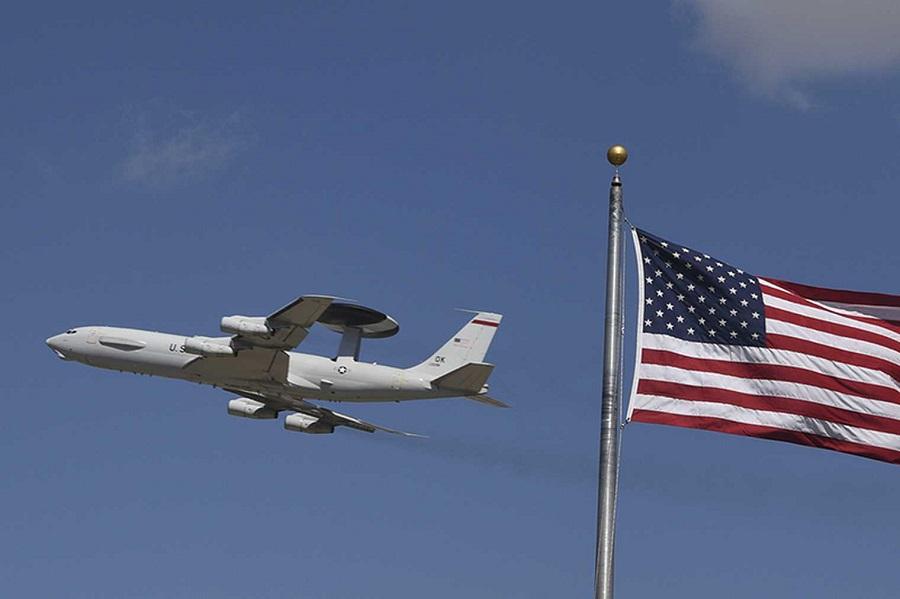An airborne E-3G operated by the AWACS Combined Test Force updated its electronic support measures, or ESM, database in flight over central Texas with a file transmitted from its reprogramming center at Eglin Air Force Base, Florida, using an existing beyond line-of-site satellite communications system. The E-3G collected EW information using its existing ESM system and transmitted the in-flight recorded data to the 36th Electronic Warfare Squadron at Eglin, using its satellite communications system. This test was conducted by 605th Test and Evaluation Squadron, Detachment 1, here, aligning with their mission to field innovation and develop tactics for the AWACS community.
“While most airborne EW systems provide self-protection, the primary purpose of the E-3G’s ESM system is to provide situational awareness, combat identification, and threat warning for the rest of the assets in theater. Modern advanced radars are increasingly digital and can adapt faster than ever before, and the mission data update process needs to adapt along with it. The E-3G has demonstrated its ability to exchange near real-time electronic warfare information with the experts on the ground and feed that information back into the fight immediately,” said Maj. Jesse Snook, 605th TES, Det1 air battle manager.
“These are significant events. Our capability to detect, discover and defend ourselves against hostile threat systems is tied to our ability to quickly update software, especially mission data files, and there is a tactical demand to do so,” said Col. Adam Shelton, 505th Test and Training Group commander, Hurlburt Field, Florida.

Within an hour, the 36th EWS processed and analyzed the E-3G’s data, corrected deficiencies observed in the data, and transmitted the updated file back to the E-3G for immediate loading during the mission. The in-air update and in-air flight data transmissions were firsts for the E-3G. In addition, the concept referred to as Airborne Cooperative EW Integrated Reprogrammable Exchange, or ACEWIRE, was devised as a first step to accelerating antiquated reprogramming processes for the E-3G and the assets under its control. The test was made possible using the E-3G’s upgraded satellite communications system called Internet Protocol Enabled Communications, or IPEC, in conjunction with the more modern and flexible mission computing system on the E-3G. The proof-of-concept test demonstrated the E-3G’s ability to adapt to new threats and facilitate the compressed mission data reprogramming timeline required for success in the future fight.
The E-3G has to continuously evolve and find ways to adapt legacy technology for the future fight, and ACEWIRE is a great example. The next step is to build on this concept within the E-3G community and work with other airborne platforms to use IPEC and existing datalinks to provide in-air updates for other platforms. The test also served as a valuable exercise for the 36th EWS as part of the 350th Spectrum Warfare Wing. The 350th SWW is focused on its mission to deliver adaptive and cutting-edge electromagnetic spectrum capabilities that provide the warfighter a tactical and strategic competitive advantage and freedom to attack, maneuver and defend. The Boeing E-3 Sentry is an American airborne early warning and control (AEW&C) aircraft developed by Boeing. E-3s are commonly known as AWACS (Airborne Warning and Control System).













